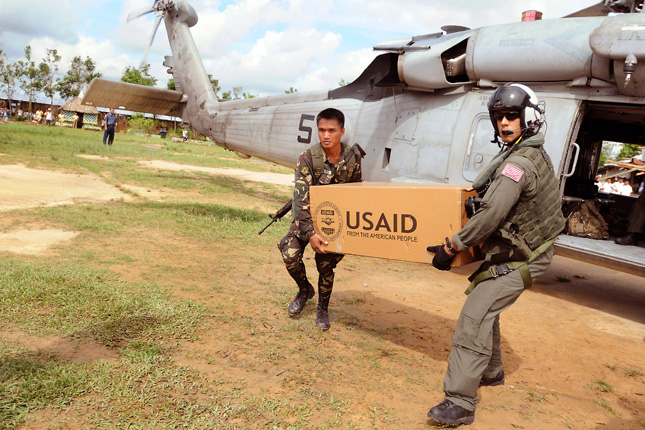 Special delivery
Special delivery
Aug 10, 2018
WASHINGTON, DC -- Fortified rice was approved by the U.S. Department of Agriculture (USDA) for inclusion in the commodity master list nearly four years ago. Since that time and through the end of 2017, rice tonnage in food assistance has been increasing as more fortified and regular milled rice has been programmed in USDA’s McGovern Dole Food for Education and Food for Progress programs, as well as the U.S. Agency for International Development (USAID) Food for Peace Program.
In 2017, of the 103,000 MT of rice used in global feeding programs, approximately 25 percent or 25,000 MT consisted of fortified rice.
The World Food Programme (WFP), as well as other relief organizations have expressed interest in increasing their use of fortified rice in global feeding programs. Additionally, USAID has committed to using all fortified rice in their future programs.
“While the potential for significant tonnage increase has been present for some time, the fortified rice numbers are lower than what USA Rice had forecast, particularly given the current ongoing global hunger crisis,” said Bobby Hanks, chairman of the USA Rice Food Aid Subcommittee. “For the first three quarters of this year, 15,000 MT of fortified rice has been programmed which suggests that tonnage in 2018 will be at the same level or lower than 2017.”
While there are many factors impacting fortified rice tonnage in food aid, USA Rice has worked closely with USDA and USAID leadership, as well as WFP, to ensure that the current commodity specification for fortified rice allows for the use of both extruded and a rinse resistant a fortified rice premix.
Up until last week, the commodity document only allowed for the use of extruded kernels. This may be one of the key factors limiting fortified rice tonnage in food aid and possibly limiting the number of companies that bid on food aid tenders to date.
After years of research, global field testing, and stakeholder meetings, the USDA amended the commodity specification language last week adding the option to use either extruded or rinse resistant coated fortified rice and immediately issued a new tender for fortified rice in Sub-Saharan Africa allowing for either fortification technology.
“This is definitely a positive step towards increased use of fortified rice in global food aid programs,” said Hanks. “USA Rice looks forward to continued cooperation with our partners at USDA and USAID as we collaborate on shelf life and packaging details for fortified rice to strength its important role combatting both global hunger and malnutrition.”